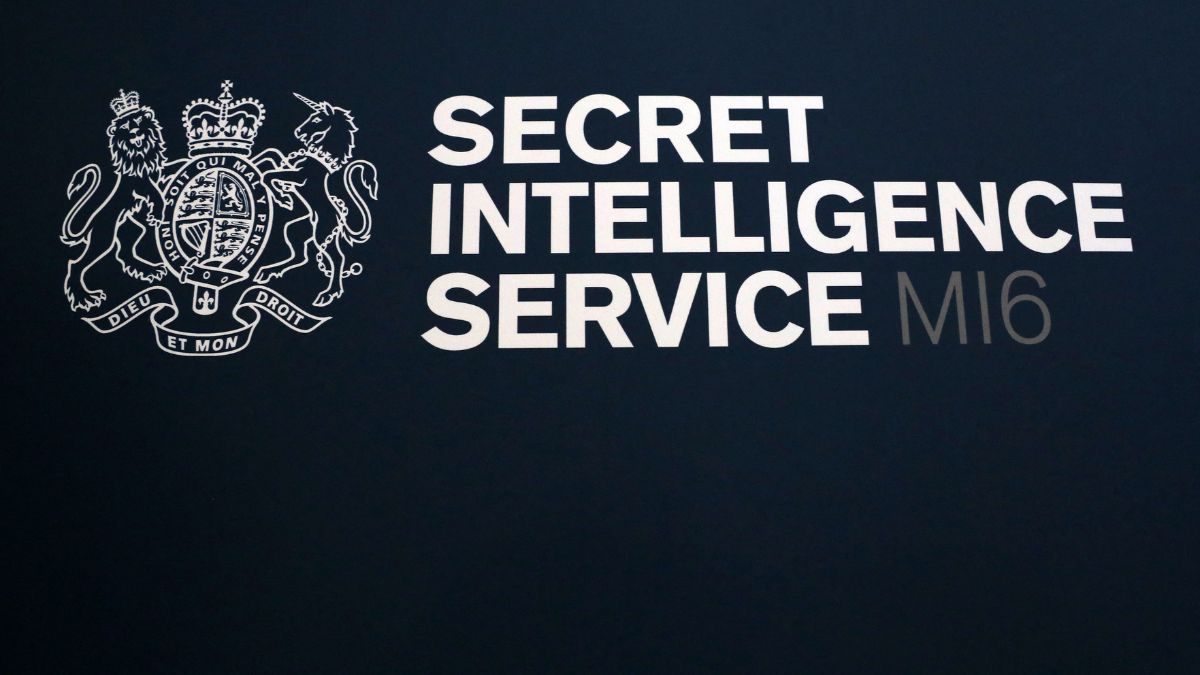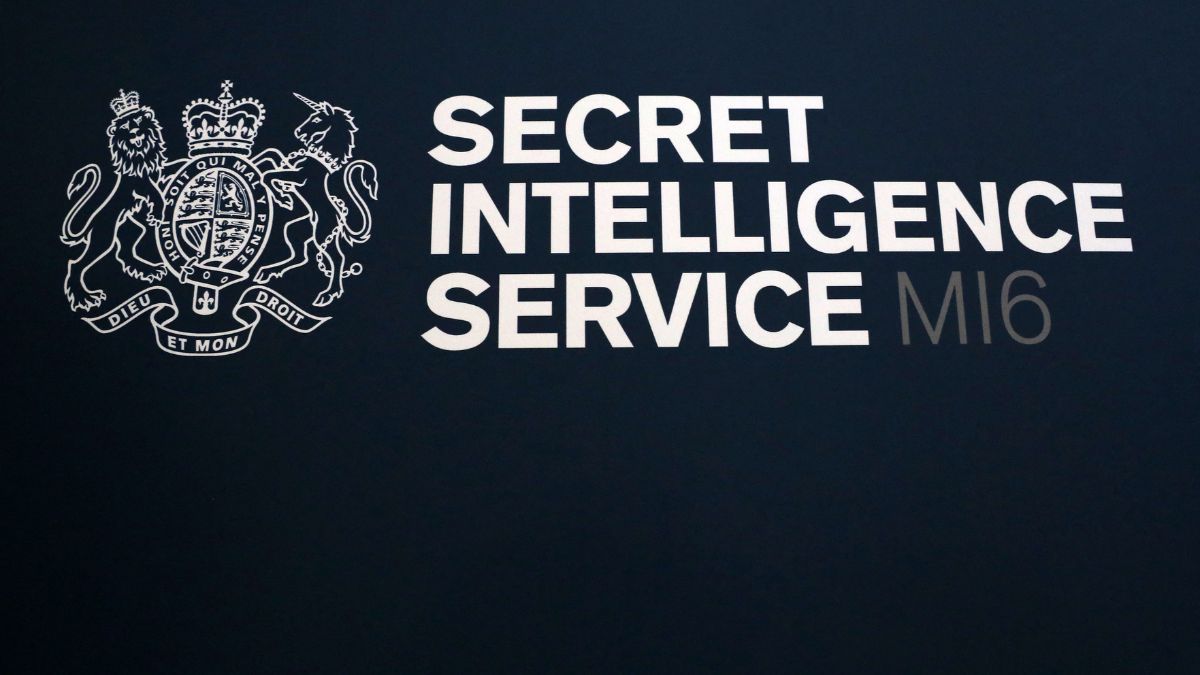When it comes to space technology, the line between civilian and military applications is getting thinner by the day.
The increasingly dual-use nature of space technology, where advancements designed for peaceful exploration and economic development also serve as enablers of modern warfare, is concerning.
This pertinent issue was brought up at Raisina Dialogue 2025 in a session titled “Dark Matters: The Geopolitics of Space”.
Jessy Kate Schingler, Board Member at the Open Lunar Foundation, drew attention to the topic with this hard-hitting statemet: “Space launch vehicles are basically intercontinental ballistic missiles (ICBMs).”
“Space is also a dual-use technology. So, launch vehicles are basically ICBMs. So, the proliferation of space access is also the proliferation of missile technology that could be used as offensive capabilities,” Schingler explained. “That also makes these assets a potential target in geopolitical conflicts on Earth—both to handicap military capabilities and to handicap adversaries’ economic and civil functioning.”
The implications are vast. Space-to-Earth activities, from satellite communications to environmental monitoring, are becoming key factors in global geopolitics— or “astropolitics,” as the space community refers to it.
But the crossover between civilian and military applications raises pressing security questions.
The dual-use dilemma
Dual-use space technology refers to innovations that serve both civilian and military applications, often blurring the line between peaceful advancements and strategic military assets.
Many of the same systems that help with navigation, communication, and climate monitoring can also support missile guidance, reconnaissance, and military communications. Here’s a breakdown of the key technologies at play:
1. Satellites: The eyes and ears of Earth
Satellites are the backbone of modern space operations, providing capabilities ranging from internet connectivity and GPS navigation to Earth observation for climate research. But they also serve as key military tools, offering reconnaissance and early-warning systems for missile detection. During the war in Ukraine, satellites played a pivotal role in guiding drone strikes, detecting troop movements, and providing real-time intelligence.
2. Space launch vehicles, doubling up as ICBMs
The same rockets that launch satellites into orbit can be used to deploy military payloads, including weapons. This means that advancements in commercial spaceflight–whether from national programs or private companies–could inadvertently contribute to global missile proliferation. The expansion of space access is not just about launching satellites. It is also about who has the capability to send high-velocity payloads across the world, experts have warned.
Countries developing satellite launch capabilities are, by default, gaining the technology needed to deliver payloads over vast distances, raising concerns about space-based threats and global security.
3. Sensors: Tracking weather— and troop movements
Sensors on satellites have revolutionised climate research, helping to monitor deforestation, carbon emissions, and natural disasters.
However, the same remote sensing capabilities are used for military reconnaissance, tracking enemy movements, and identifying strategic targets. The rapid miniaturisation and deployment of sensor-equipped satellites mean that real-time surveillance is no longer limited to superpowers– it’s accessible to any nation or private entity with the right funding.
The geopolitical stakes
With space now a key battleground for both economic and military dominance, nations are scrambling to secure their positions. The proliferation of space access brings new players into the mix, making it harder to regulate and control potential threats.
The more nations that gain access to space, the more the world would have to consider the implications of weaponised technology, Schingler suggested.
As more nations and private companies push forward with satellite launches and deep-space exploration, the reality of space as a dual-use domain will only intensify. The challenge is finding ways to foster innovation without fueling an arms race that extends beyond Earth’s atmosphere.


)
)
)
)
)
)
)
)
)



